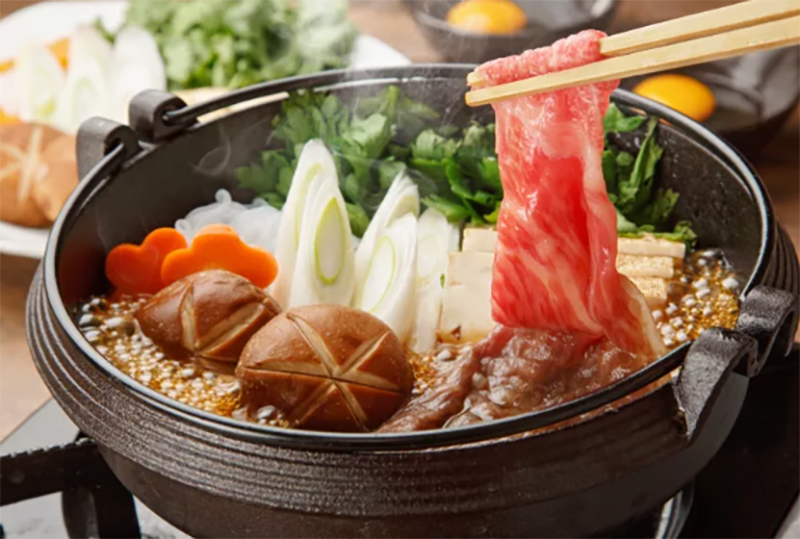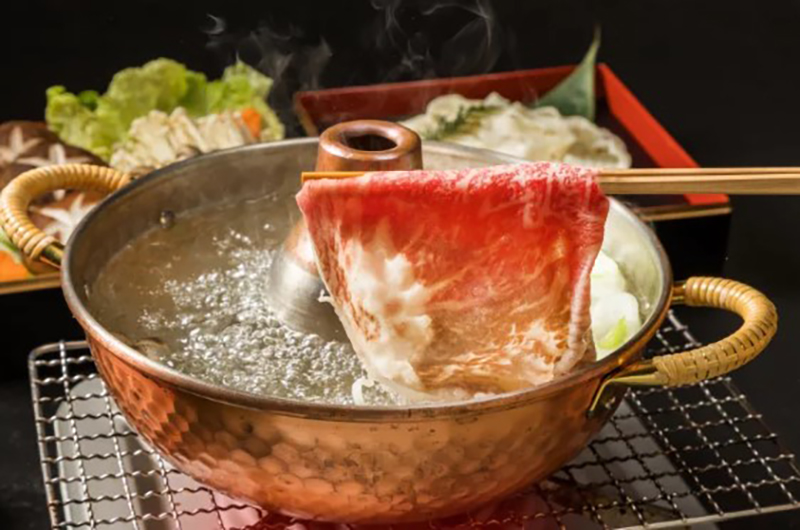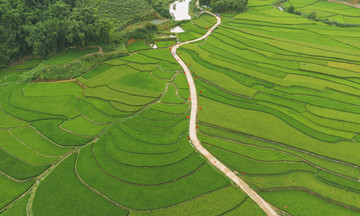Wagyu, Japan's premier beef, is globally renowned for its exquisite marbling, rich umami flavor, and melt-in-your-mouth texture. This culinary gem attracts food enthusiasts worldwide and is a must-try for discerning travelers visiting Japan.
Wagyu cattle are raised under stringent conditions, receiving nutrient-rich feed in stress-free environments. Practices like massage and even beer supplements are sometimes employed to stimulate appetite. These specialized methods contribute to Wagyu's distinct texture and robust flavor, characterized by fine intramuscular fat that sets it apart from other beef varieties.
Wagyu is often considered a luxury food item. Among the most celebrated Wagyu brands are Kobe beef (Hyogo prefecture), Matsusaka beef (Mie prefecture), and Omi beef (Shiga prefecture). A kilogram of Wagyu can range in price from USD 85 to USD 850, depending on the specific type.
Former US President Barrack Obama famously requested Wagyu beef during a visit to Japan, further boosting its renown. In recent years, Wagyu's popularity has extended beyond high-end restaurants, becoming more accessible to a wider audience. Major cities like Tokyo, Osaka, Kyoto, and Sapporo, along with their surrounding areas, offer numerous restaurants specializing in high-quality Wagyu. Here are some ways to enjoy this delicacy.
Sukiyaki (soy sauce hot pot)
 |
Wagyu beef in Sukiyaki hot pot. Photo: JNTO |
Wagyu beef in Sukiyaki hot pot. Photo: JNTO
Sukiyaki is arguably Japan's most iconic beef dish. Thinly sliced Wagyu is marinated in soy sauce, sugar, rice wine, and other seasonings before simmering in a shallow pan with vegetables. Sukiyaki preparation varies between eastern and western Japan. Before eating, diners dip the cooked beef into raw egg to enhance Wagyu's delicate flavor.
Shabu-shabu (thinly sliced hot pot)
Shabu-shabu is a healthy and refined hot pot dish featuring a clear broth made from kombu (kelp) or bone stock. Thinly sliced Wagyu is briefly swished in the simmering broth, then dipped in a sauce, often ponzu (a citrus-based sauce with soy sauce and sesame). This method preserves Wagyu's tenderness and subtle flavors.
 |
Wagyu beef in Shabu-shabu hot pot. Photo: JNTO |
Wagyu beef in Shabu-shabu hot pot. Photo: JNTO
Steak, teppanyaki, and yakiniku
For beef connoisseurs, steak is considered the ultimate way to experience Wagyu's melt-in-your-mouth marbling. It also provides a direct comparison between different Wagyu varieties.
Teppanyaki and yakiniku are two popular grilling methods for Wagyu. In teppanyaki, chefs cook the beef on a flat iron griddle, often tableside. Yakiniku, a Korean-style barbecue, uses a mesh grill over an open flame, imparting a smoky char and intense flavor.
Diners can select their preferred cuts based on flavor and texture, grilling the meat themselves and dipping it in sauces or salt. In both methods, Wagyu is typically cooked to medium-rare to allow the marbling to reach its optimal melting point.
 |
Wagyu beef grilled yakiniku-style. Photo: JNTO |
Wagyu beef grilled yakiniku-style. Photo: JNTO
Nigiri-zushi
While sushi is typically associated with seafood, some sushi and yakiniku restaurants also serve nigiri-zushi made with seared Wagyu. This unique delicacy offers a truly melt-in-your-mouth experience.
Tam Anh (according to JNTO, Japan Food Guide)












